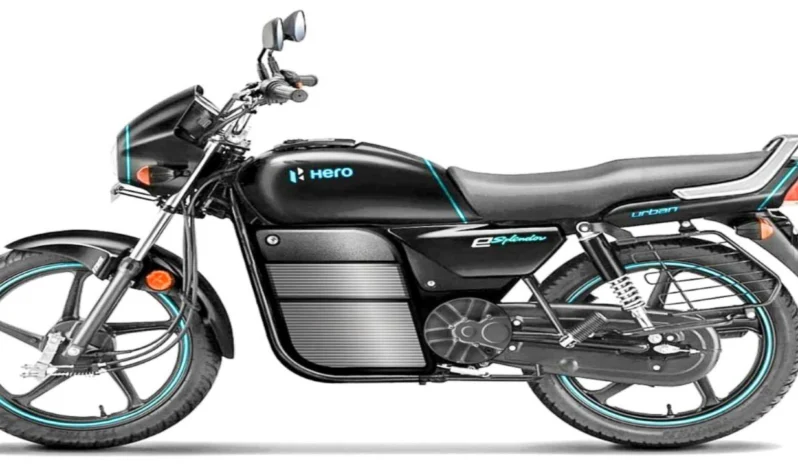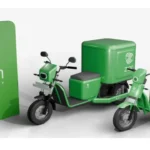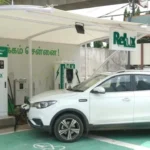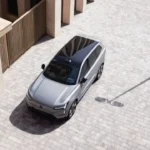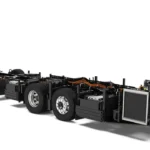Nearly three decades since its first burst onto the market, Hero Splendour has been characterized by reliability, affordability, and unmatched fuel-efficient usage. It has hence found its name in some of the best-selling motorcycles in India and across the world. With ambitious sustainability goals leading India toward a greener future, the question remains: Can the Hero Splendour successfully transition into the electric vehicle segment?
Hero Splendour: A Legacy of Trust and Performance
Since its first launch in 1994, Hero Splendour has crossed over 40 million units. The mileage reached over 80 km/l with a robust structure and minimum maintenance. The vehicle represents trust, practicality, and value for money. With an increase in fuel prices, environmental consciousness, and government policies that will see electric vehicles in the country, Hero can recreate its legendary product.
Why an Electric Hero Splendour Makes Sense
Increasing Market Demand for Electric Vehicles in India
India has at last seen an electric two-wheeler revolution that is witnessing popular electric scooters from Ola Electric, Ather Energy, and TVS, among others. Industry reports indicate that Indian electric two-wheeler will grow at over a 35 percent CAGR through 2030.
It’s driven by high fuel prices commuters look to avoid price volatility in petrol or diesel, the incentives under FAME II and state policies, are making EVs competitive in price. Lower operating costs Electric scooters help the user save approximately ₹20,000 to ₹30,000 a year on fuel and maintenance.
Keeping Brand Character in the Age of EVs
The Hero Splendour is much more than just a motorcycle; it is an emotion for millions of Indians. Any electric variant should not tamper with the iconic design and accept EV technology. Design gurus in the automobile world are convinced that the electric Splendour must retain its Simple, timeless aesthetic, rugged durability to appeal to both villagers and metropolitans.
Technological Feasibility: Electric Splendour Powered
Battery Efficiency: 4 kWh Lithium-ion battery would provide a range of 120-150 km per charge and therefore perfect for daily commuting.
This aspect would further be supplemented by a swappable battery technology and a facility for quick swap of spent batteries at swapping stations.
Charging Infrastructure
As India is going to expand its fast-charging network, a zero-emission Splendour may receive fast charging. An electric Splendour will be charged to 80% in under 60 minutes. Environmental-friendly home chargers using the sun will further the motto of sustainability.
How Hero MotoCorp Can Leverage this End
- Pricing: An electric Splendour priced in the range of ₹1 lakh to ₹1.2 lakh, post-subsidies, would compete head on with current petrol variants while being accessible to its core audience.
- Localized Manufacturing and Supply Chain: Having battery and component manufacturing in India can help drive costs down and create better margins.
- Scaling the Charging Infrastructure: Hero can partner with energy companies to install charging stations in urban and rural areas across the country to ensure unbridled access.
ELCTRIK Speaks
An iconic part of the transportation history of India for nearly 30 years, Hero Splendour remains a motorcycle that will be converted into this battery-powered electric vehicle. It’s not simply a business decision, but also a commitment to an ethos of sustainable mobility. There is a real chance to balance tradition with innovation and redefine Splendour for new generations of two-wheeler owners.

